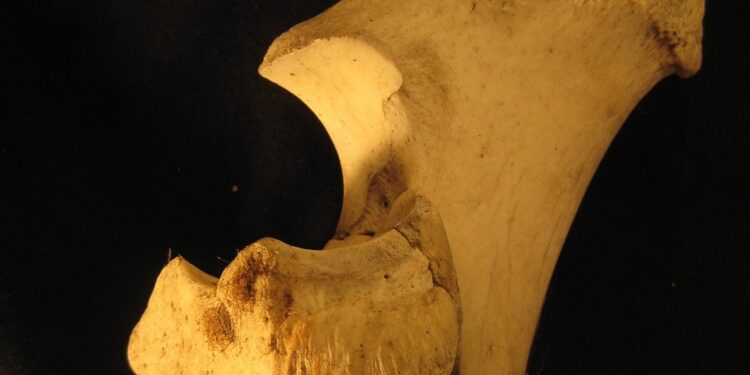I’m convinced that watching movies, YouTube videos, and cartoons has taught me the majority of what I know. If you had asked me when I was younger what bone marrow was, I would have innocently yelled “chicken bones!” It’s not exactly wrong because bone marrow can also be found in chicken bones. But that was all I knew about it.
Fast forward to the time I saw my very first Bollywood series, where bone marrow was brought up. The doctors needed to perform surgery on the patient and requested a bone marrow transplant from one of his relatives. The patient kidnapped his five- or six-year-old son, who lived with his ex-wife, and held him on the roof of a building, using the threat to obtain his son’s bone marrow. Pretty intense right? That’s to tell you how important bone marrow is in the body. In this article, we are going to learn all about it. Without further ado, let’s dive in!

What is bone marrow?
Bone marrow is a spongy tissue found in the hollow interiors of long bones such as the pelvis, ribs, vertebrae, and sternums. This spongy tissue serves as the principal site for blood cell formation.
Bone marrow is one of the body’s numerous vital tissues. Basically, it creates red blood cells, which transport oxygen; white blood cells, which fight infections; and platelets, which aid in blood clotting.
Types of bone marrow
Bone marrow exists in two types: red bone marrow and yellow bone marrow.
Red bone marrow: Let’s call it the blood cell factory. It is found in specific bones, notably the hips, ribs, and the ends of long bones such as the thigh bone. Red bone marrow is the marrow responsible for producing red blood cells, white blood cells, and platelets.
Yellow bone marrow: Yellow is often linked to fat in the body, including adipose tissue and yellow bone marrow. Thus, fat cells make up the yellow bone marrow, which also acts as a fat storage site. This marrow can turn into red bone marrow in cases of extreme blood loss, which aids in the production of more blood cells—it’s like having all hands on deck.
What are the stem cells in a bone marrow?
The stem cells found in bone marrow spongy tissue are known as hematopoietic stem cells (HSCs). HSCs can be converted into any type of blood cell, including platelets, red blood cells, and white blood cells. Thus, in situations requiring a bone marrow transplant, such as leukemia or severe anemia, healthy HSCs are used to replace the damaged or diseased bone marrow. The newly transplanted HSCs generate fresh and healthy blood cells for the patient.
Conclusion
Bone marrow is a spongy tissue found in the hollow interiors of long bones such as the pelvis, ribs, vertebrae, and sternums. It is of two types, the red bone marrow which produces the platelets, red and white blood cells. The second is a yellow bone marrow which stores fat and sometimes converts to red bone marrow to form healthy blood cells.
But if something goes wrong with the bone marrow, it can cause big problems. For example, it might not make enough blood cells, leading to diseases like leukemia or anemia. When this happens, the body can’t function properly, which then leads to bone marrow transplants. In transplantation, hematopoietic stem cells (HSCs) are transported which are used to replace damaged or diseased bone marrow. Healthy HSCs help generate new blood cells and improve the overall health of the patient.

















